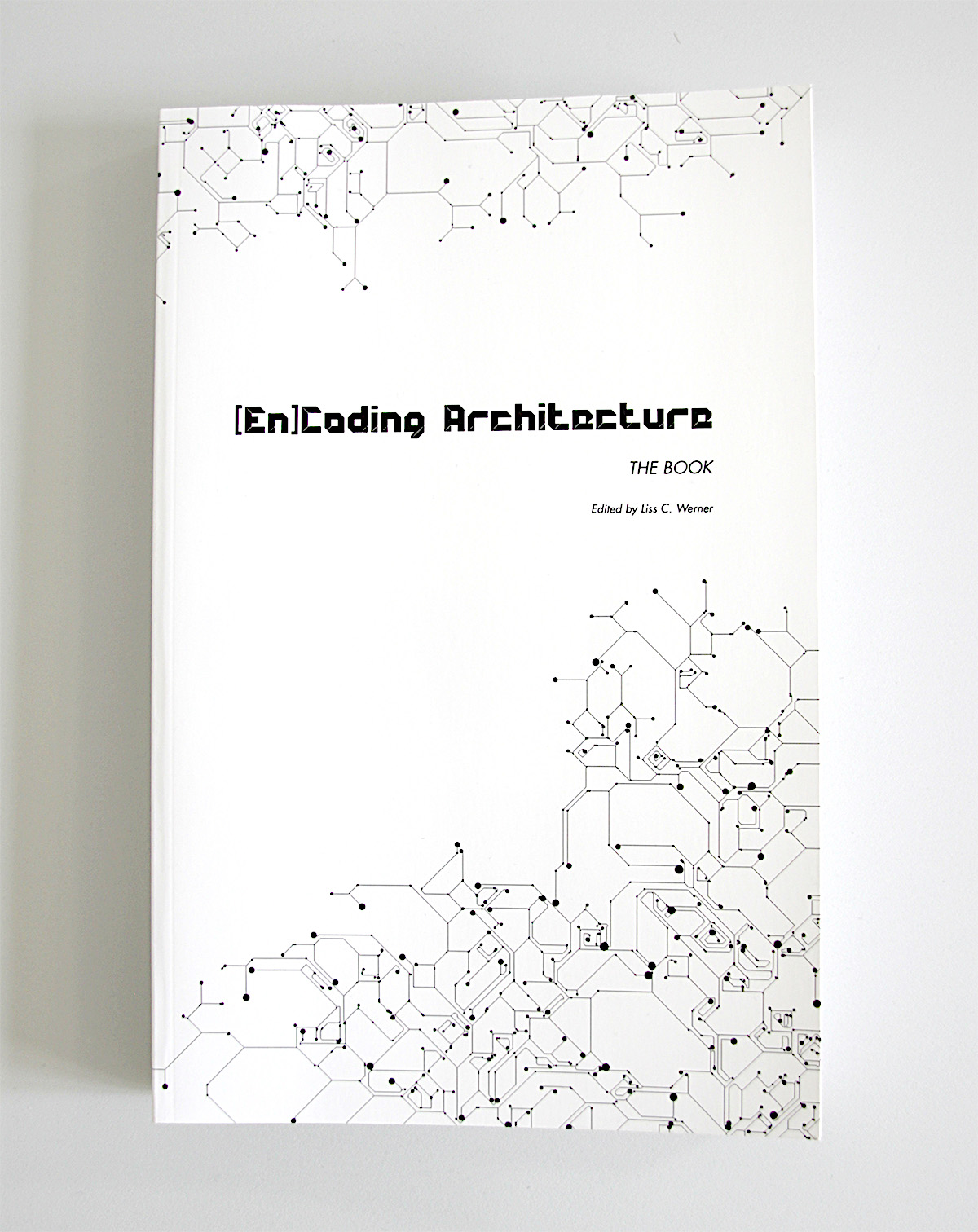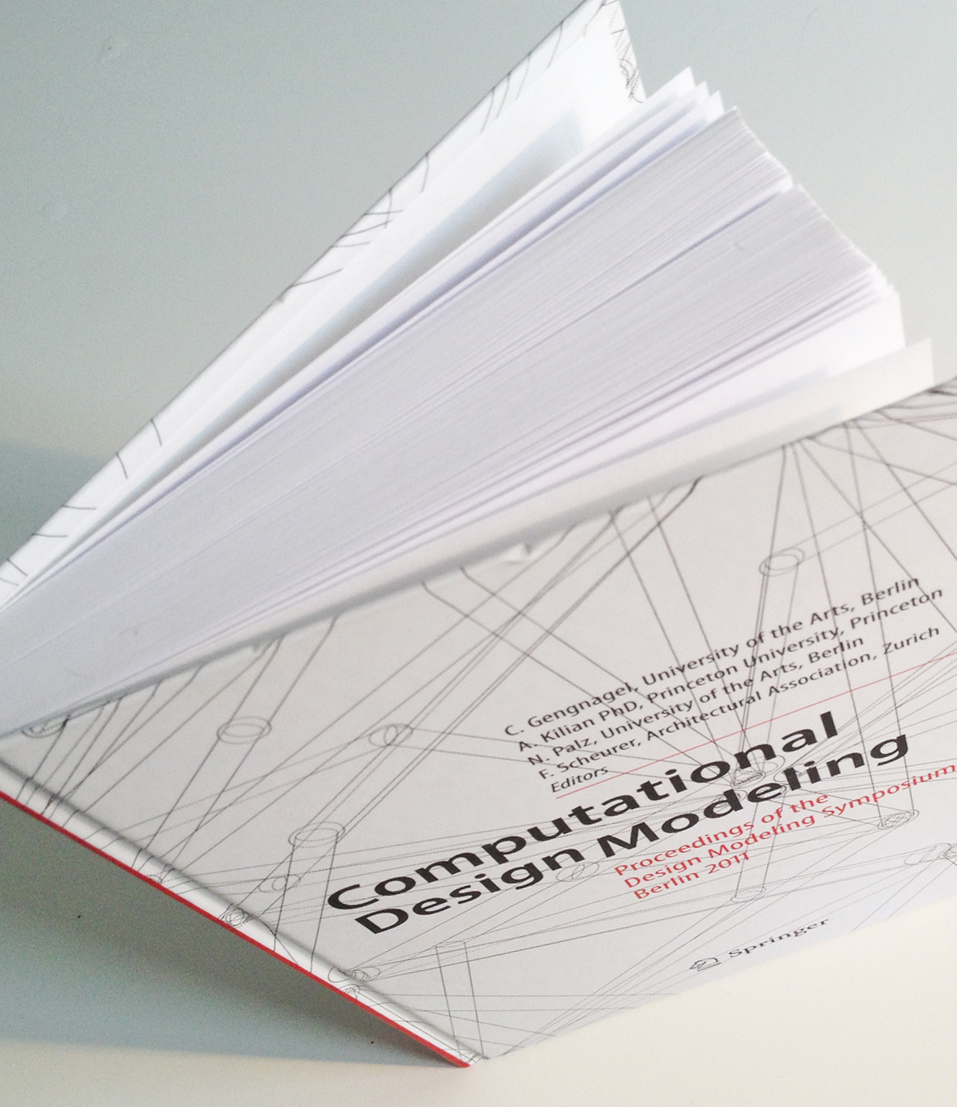in 2nd International Conference on Biodigital Architecture & Genetics
Editor: Alberto T. Estévez
Publisher: ESARQ (UIC) Universitat Internacional de Catalunya
2014 – ISBN 9788468653068
Pages 218 - 233
Keywords. Organism, evolution, biosemiotic, protocols, computational biology vs. biological computing, bioinformatics, paraarchitecture, Gordon Pask, Heinz von Foerster
Abstract:
Adopting genetic and biological principles to the act of designing through computational means and digital tools is one of the most challenging tasks architects are pursuing in the beginning of the 21st century. Thinking, working and decisionmaking processes in our discipline of tectonic spatiality naturally differ to the ones of computer scientists, biologists or material engineers. We are still happy to ‘borrow’, but since the advent of the genetic algorithm in architecture, limited interdisciplinary exchange bears the risk for biodigital architecture to remain in its role as representative, formalist stylistic betrayal; rather than comprehending, and adopting concepts of behavior, information (), and biologicalcognition as the designprocess leading to form. The investigation is embedded in the current discourse of ‘Biodigital Research’ as ‘Emerging Design Strategies’, drawing from the Evolution of a Design using biodigital calculus. The paper aims at clarifying the matter through the lens of architecture and cybernetics. It observes a perplexity of principles deployed in biodigital architecture. It proposes a phase change from form per se via the digitalposthuman to the cybercognitivebiological or merely ‘Computational’ instead of dwelling within the myth of a paradigm shift.


















